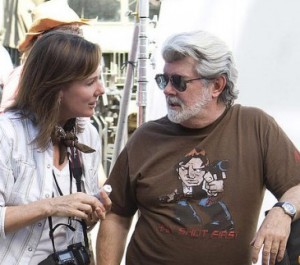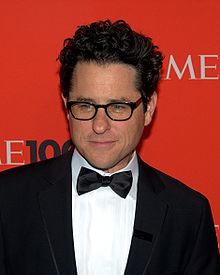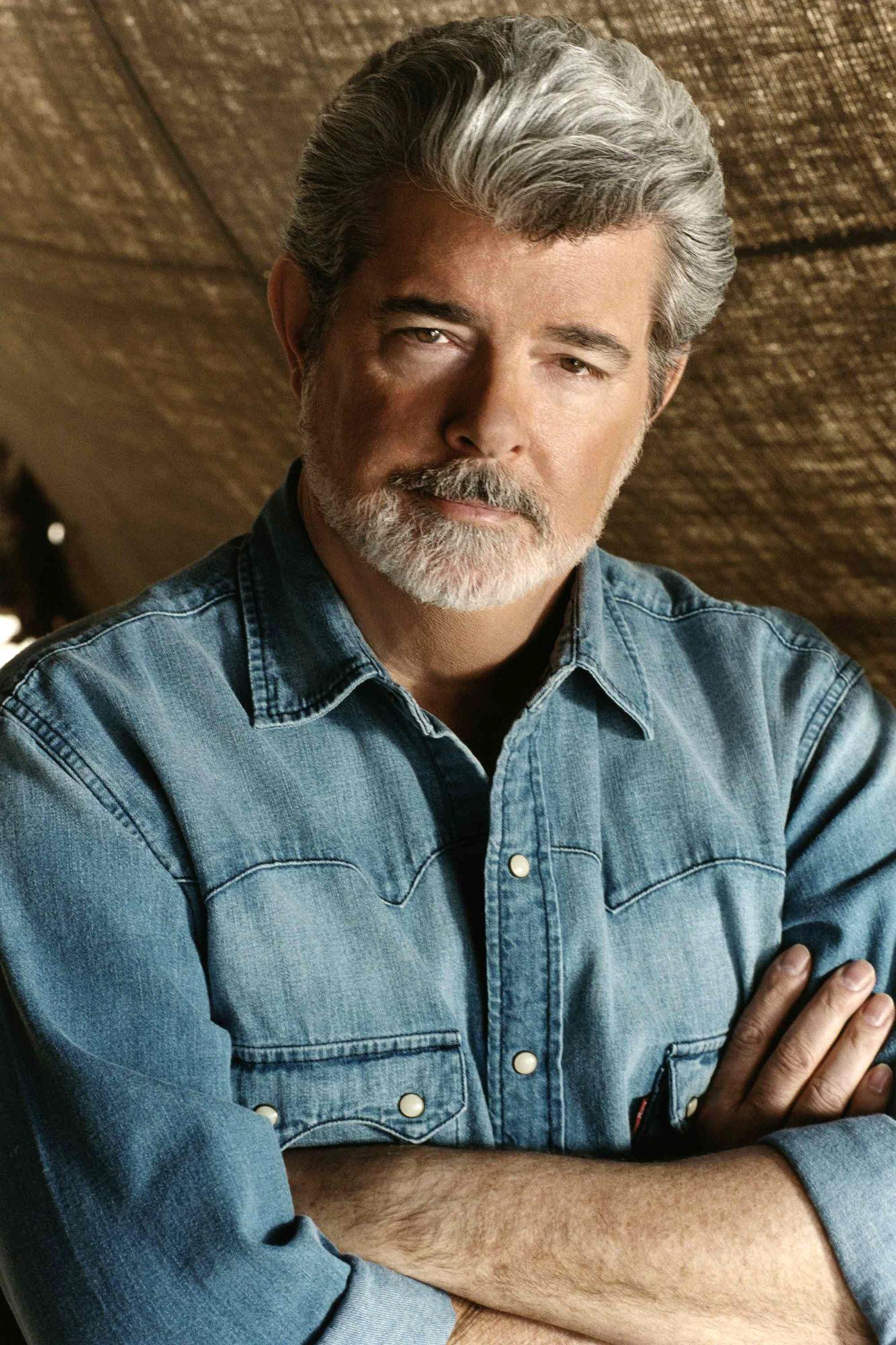Over at Bloomberg Businessweek today is an all-new profile of post-retirement George Lucas and some interesting details about the Sequel Trilogy and the sale of Lucasfilm to Disney. Off the bat, they discuss why Lucasfilm was a prime target for Bob Iger and why George Lucas felt Disney was the right fit:
The deal fit perfectly into Iger’s plan for Disney. He wants to secure the company’s creative and competitive future at a time when consumers are inundated with choices, thanks to a proliferation of cable television networks and the ubiquity of the Internet. “It’s a less forgiving world than it’s ever been,” he says. “Things have to be really great to do well.” Part of Iger’s strategy is to acquire companies that could be described as mini-Disneys such as Pixar and Marvel—reservoirs of franchise-worthy characters that can drive all of Disney’s businesses, from movies and television shows to theme parks, toys, and beyond. Lucas’s needs were more emotional. At 68, he was ready to retire and escape from the imaginary world he created—but he didn’t want anybody to desecrate it…
Lucas had paid close attention to how Disney had handled Pixar, which he still refers to as “my company.” He founded it as the Lucasfilm Computer Division in 1979, and sold it to Jobs six years later. He calls Disney’s decision not to meddle with Pixar “brilliant.” If he sold Lucasfilm to Disney, he figured there might still be a way to retain some influence over his fictitious universe. Much would depend on who ran Lucasfilm after he retired.
An interesting note later in the profile is Iger’s philosophy on what creates enduring stories and properties: strong and memorable characters.
Iger, however, proved to have a very clear vision. He understood that Disney’s success rested on developing enduring characters. This was a strategy Walt Disney pioneered with Mickey Mouse and Grimm’s Fairy Tales heroines Snow White and Cinderella. More recently, Disney translated The Lion King, a hit animated movie, into a long-running Broadway show.
Then there’s a note on the power structure post-sale:
Iger understood Lucas’s concerns. “George said to me once that when he dies, it’s going to say ‘Star Wars creator George Lucas,’ ” he says. Still, Iger wanted to make sure that Lucas, who was used to controlling every aspect of Star Wars, from set design to lunchboxes, understood that Disney, not Lucasfilm, would have final say over any future movies. “We needed to have an understanding that if we acquire the company, despite tons of collegial conversations and collaboration, at the end of the day, we have to be the ones who sign off on whatever the plans are,” says Alan Horn, chairman of Walt Disney Studios.
Emphasis added. Now for the big reveal of the piece. Lucas says that Hamill, Ford, and Fisher are already in for the sequel trilogy:
Asked whether members of the original Star Wars cast will appear in Episode VII and if he called them before the deal closed to keep them informed, Lucas says, “We had already signed Mark and Carrie and Harrison—or we were pretty much in final stages of negotiation. So I called them to say, ‘Look, this is what’s going on.’ ” He pauses. “Maybe I’m not supposed to say that. I think they want to announce that with some big whoop-de-do, but we were negotiating with them.” Then he adds: “I won’t say whether the negotiations were successful or not.”
This isn’t confirmation. It won’t be confirmation until Lucasfilm and Disney announces it officially, but this is probably as close as we’re going to get for a while.
There’s a whole bunch of great information in this profile, so be sure to head to Bloomberg Businessweek to read the rest of the article.




 In January, Nanci and I started a podcast. In April, we spun that podcast off into a blog. All sorts of crazy things have happened since. Welcome to our gratuitous 2012 in Review Linkdump. As a note, thanks for bearing with us over the holidays as we took time to visit our friends and family. We’ll be back Wednesday with regular coverage and posts. Be sure to also check out
In January, Nanci and I started a podcast. In April, we spun that podcast off into a blog. All sorts of crazy things have happened since. Welcome to our gratuitous 2012 in Review Linkdump. As a note, thanks for bearing with us over the holidays as we took time to visit our friends and family. We’ll be back Wednesday with regular coverage and posts. Be sure to also check out  Since the news of the Lucasfilm sale and new Star Wars films broke a month ago, fans have speculated just how much George Lucas would be involved. Despite selling off the company and story treatments, I’d gotten the impression that the fandom seems to think Lucas will remain heavily involved in the development of the new films. What does the man himself have to say about all this?
Since the news of the Lucasfilm sale and new Star Wars films broke a month ago, fans have speculated just how much George Lucas would be involved. Despite selling off the company and story treatments, I’d gotten the impression that the fandom seems to think Lucas will remain heavily involved in the development of the new films. What does the man himself have to say about all this?